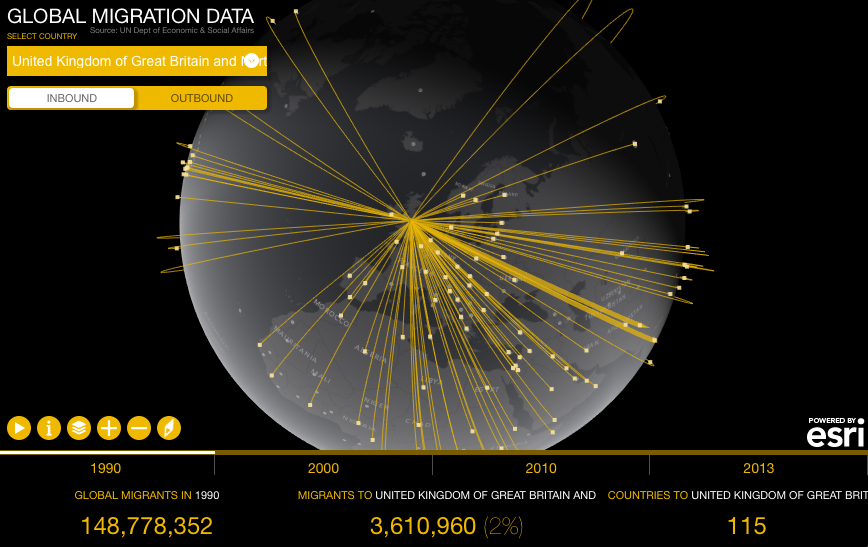This video shows what the Earth would look like if all the ice melted
Today is the last day of 2015 UN Climate Change Conference in Paris. Leaders from all around the world where discussing policies that could reduce global warming but still allowing country economies to grow.
Why it is important to act and why the world leaders suddenly started to care about it? Earlier this week we’ve written about a striking visualisation showing how will your city be affected by the rising sea level. Another visualisation below puts it in a global perspective…
It’s been predicted that the oceans will rise by around 65.8 metres (216 feet) if all ice on the planet were to melt completely. As National Geographic reported back in 2013, it would probably take at least 5,000 years to melt all five million cubic miles of ice on Earth, but some cities like Venice, Calcutta, Shanghai of most of the Florida could be under water much sooner.
If we don’t start to act now some changes will be irreversible and will even accelerate. So let’s start from our own backyard and start be more ‘ecological’ every day.
Source: Business Insider







